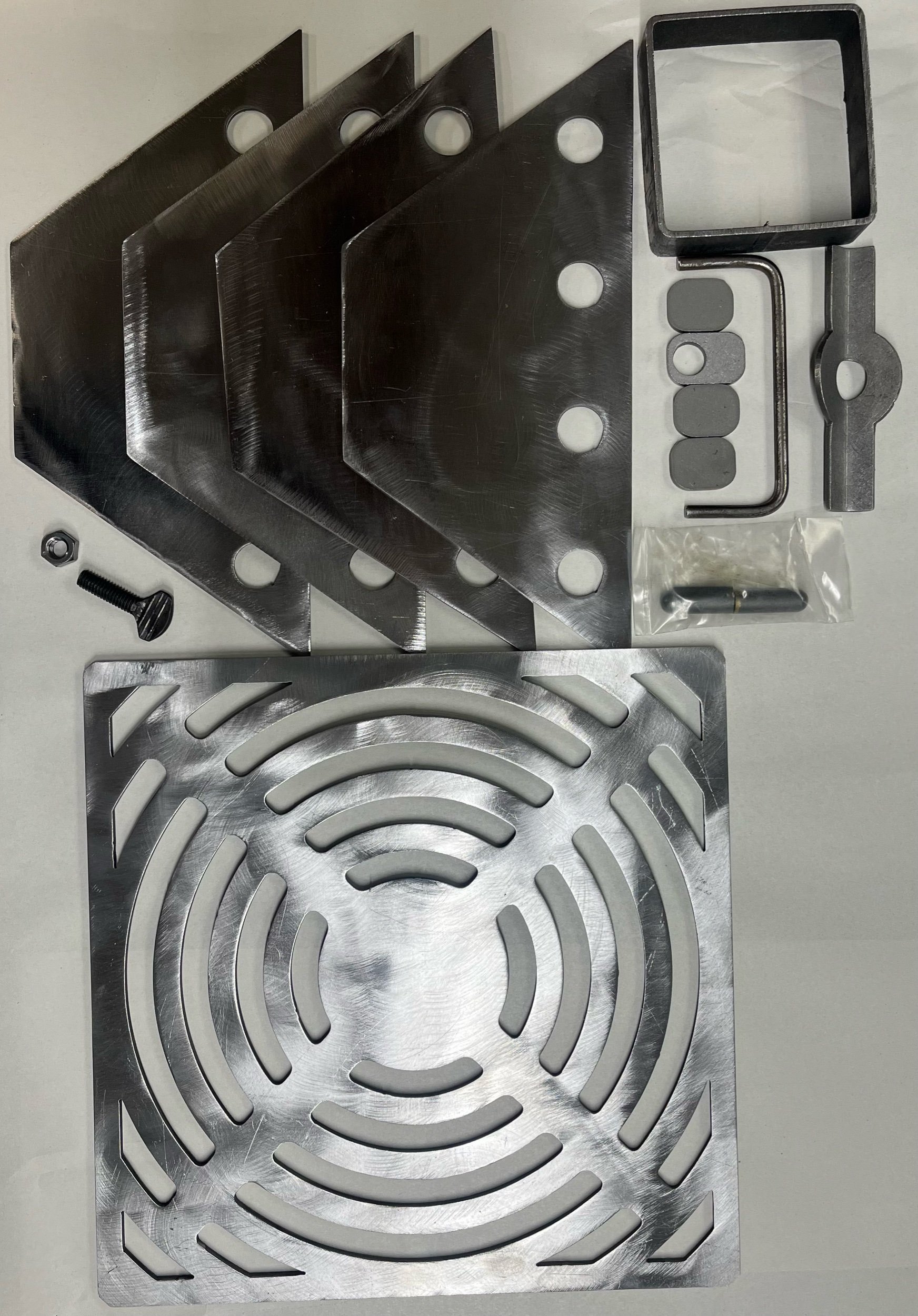The Best Materials for Building a Rocket Stove
Rocket stoves have been around for a long time. They’re simple, efficient, and can burn hot with very little fuel. They’re also useful in many situations– whether you’re cooking outdoors, heating a small space, or preparing for an emergency, a well-built rocket stove can be a game-changer. But if you want a stove that will last for years—even decades—the material you choose matters.
So, what’s the best material for building a rocket stove? Let’s dive in.
Common Materials Used for Rocket Stoves
People build rocket stoves out of all kinds of materials, depending on what they have available. Some are made from bricks, some from clay, and others from metal. Each material has its strengths and weaknesses, but not all of them are built to last.
Brick and Clay Stoves
Traditional rocket stoves are often made using bricks or clay. These materials are great for insulating heat, which makes the stove more efficient. But they also come with a few big downsides.
Bricks and clay can crack over time, especially with frequent heating and cooling.
They can be heavy and difficult to move.
If they’re not built properly, they can break apart and become unusable.
In places with limited resources, brick and clay stoves are invaluable.
Or, if you're looking for a permanent, stationary stove—maybe something for your backyard—bricks or clay might work. But for portability and long-term durability, they’re not the best choice.

Stainless Steel
Stainless steel is a popular choice for metal rocket stoves. It’s resistant to rust, which makes it a great option for outdoor use. It also has a sleek, polished look that many people like.
However, stainless steel has one major flaw: it doesn’t handle heat well over time. When exposed to extreme heat repeatedly, it can warp, weaken, and eventually fail. Since rocket stoves are designed to burn at high temperatures, this is a serious issue.
See also: How to Control Heat on a Rocket Stove
Alternative Materials
The more resourceful among us have built rocket stoves using whatever they have on hand.
One of the most creative methods involves repurposing tin cans, cinder blocks, or even wooden logs! While these DIY solutions can be effective in the short term, they often lack durability.
Tin cans, for instance, can burn through or warp after repeated use, cinder blocks can crack under extreme heat, and wooden log stoves degrade quickly. These materials may serve as quick fixes or emergency options, but they aren’t built for long-term reliability like sturdier materials such as carbon steel.

The Premium Choice: Carbon Steel
At Chiasson Smoke, we believe in building rocket stoves that last. That’s why we use high-quality carbon steel in our stoves. But why is carbon steel the best material?
Durability and Strength
Carbon steel is incredibly strong. Unlike stainless steel, it can handle high heat for long periods without warping. It maintains its shape and structure even after years of heavy use. When you invest in a carbon steel rocket stove, you’re getting something built to last.
See also: Cast Iron vs. Stainless Steel Grill
Heat Retention and Efficiency
One of the most important features of a rocket stove is its efficiency. You want a stove that burns hot, with as little fuel as possible. Carbon steel has excellent thermal properties, meaning it absorbs and radiates heat efficiently. This helps your stove stay hotter longer while using less wood or biomass.
Resistance to Wear and Tear
Unlike mild steel, carbon steel is less prone to rust and corrosion when properly treated. At Chiasson Smoke, we take extra steps to ensure our carbon steel stoves are coated and finished to withstand the elements. With a little basic maintenance, a carbon steel rocket stove can last decades—something no brick, clay, or stainless steel stove can match.
Portability Without Compromise
While brick and clay stoves are heavy and fragile, carbon steel stoves offer the best of both worlds. They’re strong yet portable, making them perfect for camping, off-grid living, or emergency preparedness. You can take your stove anywhere without worrying about it breaking apart or crumbling.
The Chiasson Smoke Difference
At Chiasson Smoke, we design our stoves using high-quality carbon steel to ensure they stand the test of time. We know that when you invest in a rocket stove, you want something reliable, efficient, and built to last. That’s exactly what we deliver.
What Makes Our Stoves Stand Out?
Premium Carbon Steel – No cheap materials, no shortcuts. Just strong, long-lasting steel.
Expert Craftsmanship – Our stoves are designed for efficiency and durability, with careful attention to detail.
Conclusion
If you’re serious about getting a rocket stove that will last, don’t settle for clay, brick, or stainless steel. In our expert opinion, carbon steel is by far the best material for rocket stoves. It’s strong, heat-resistant, efficient, and built to handle years of use.
That’s why at Chiasson Smoke, we only craft our rocket stoves with the highest quality materials. When you buy from us, you’re investing in a stove that will keep you cooking, heating, and enjoying the outdoors for decades to come.
Ready to get a rocket stove that lasts? Check out our collection today!
And for those of you who are a little more adventurous, read our guide on how to build a DIY rocket stove.







